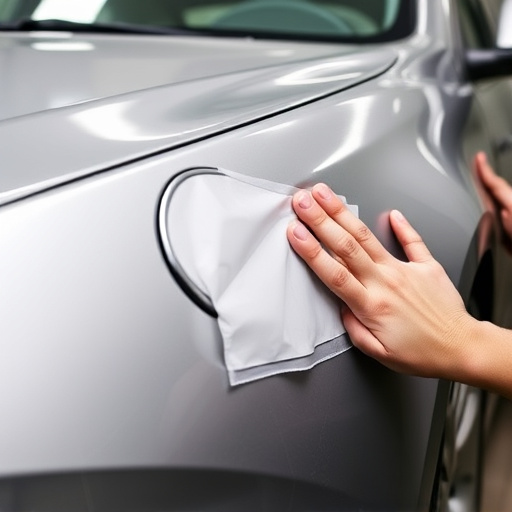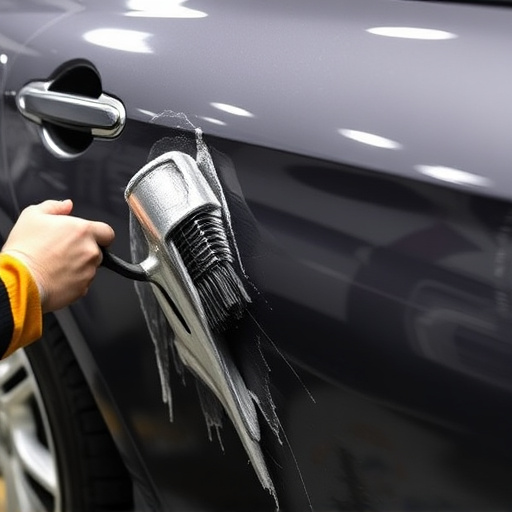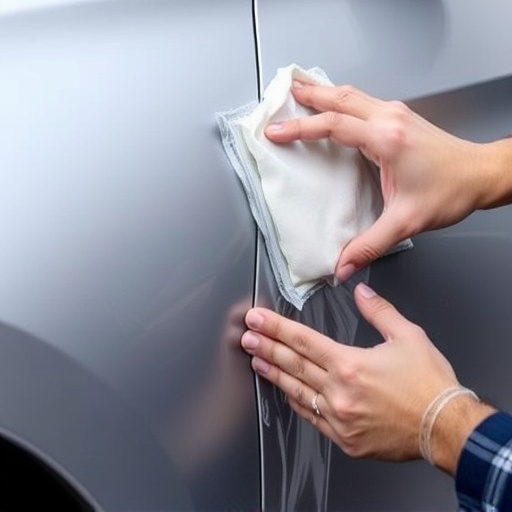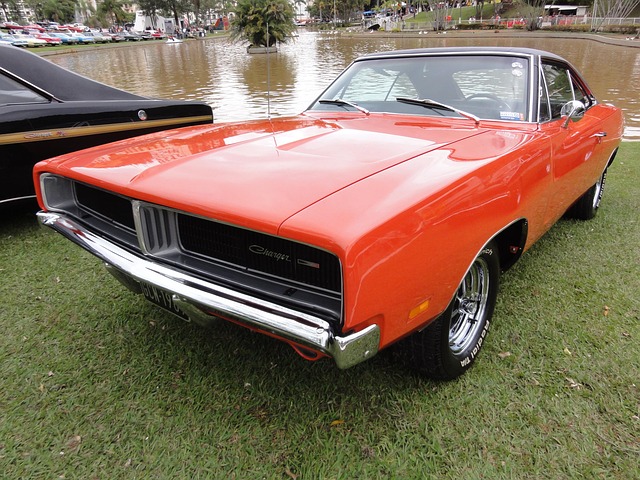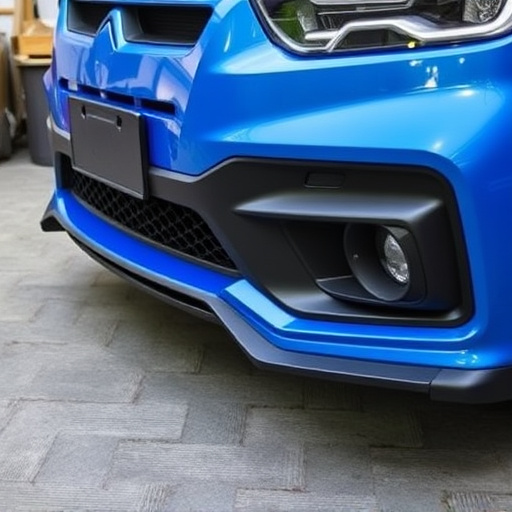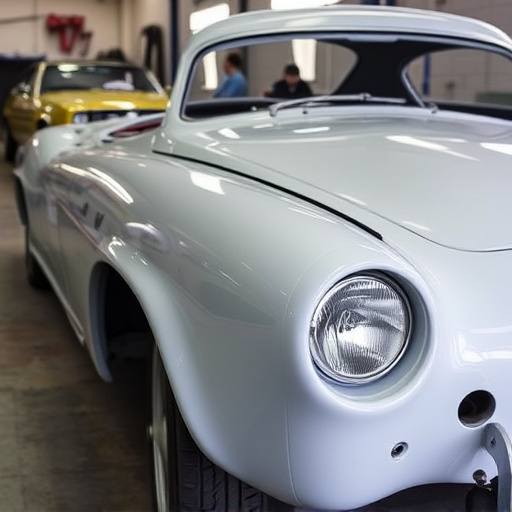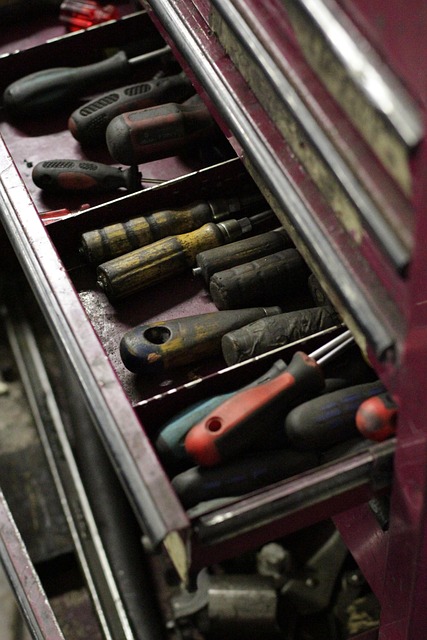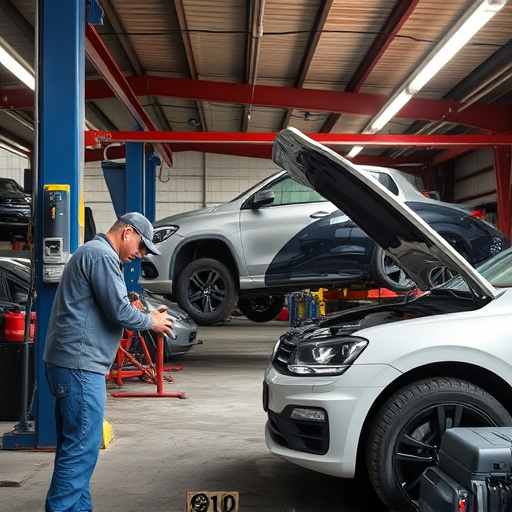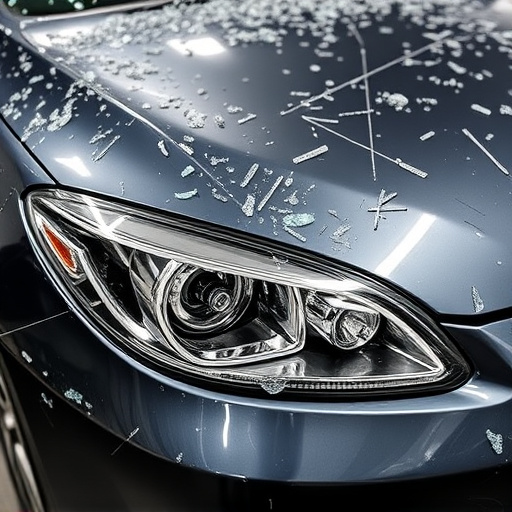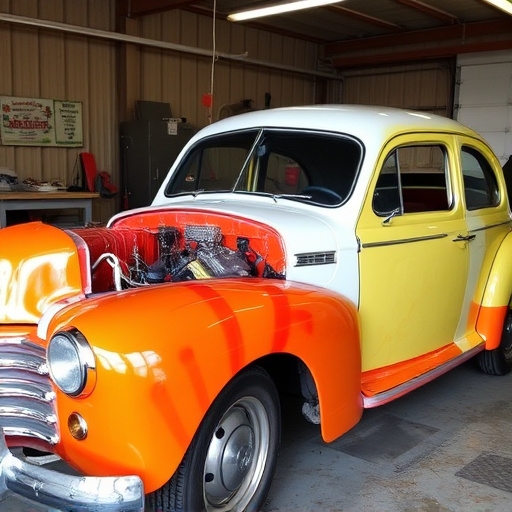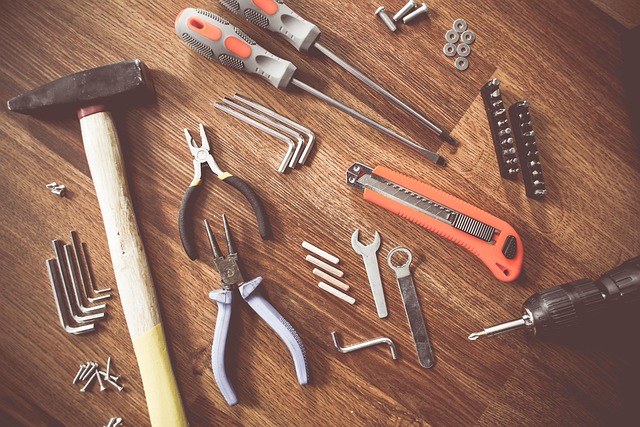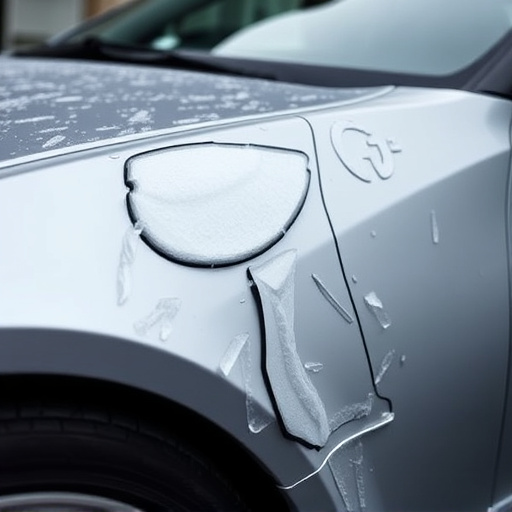Auto body restoration begins with a thorough damage evaluation by skilled technicians using specialized tools. They assess severity, create repair estimates, and prioritize tasks based on urgency and impact. The process involves advanced materials like high-strength steel and composites to ensure structural integrity and match original appearances. Final stages focus on meticulous craftsmanship, correcting dents, aligning panels, and applying high-quality paint for a seamless, aesthetically pleasing finish.
“Uncover the remarkable transformations awaiting your eyes in the world of auto body restoration. From crumpled metal to sleek finishes, these projects demand precision and artistry. This article takes you on a journey through the complete process—from assessing damage to applying final touches. Discover how advanced techniques and carefully selected materials can bring vehicles back to their former glory or elevate them to new heights. Explore the captivating before-and-after results that define auto body restoration’s magic.”
- Evaluating Damage: The Initial Assessment
- Restoring Structure: Techniques and Materials
- Final Touches: Transforming the Vehicle's Appearance
Evaluating Damage: The Initial Assessment
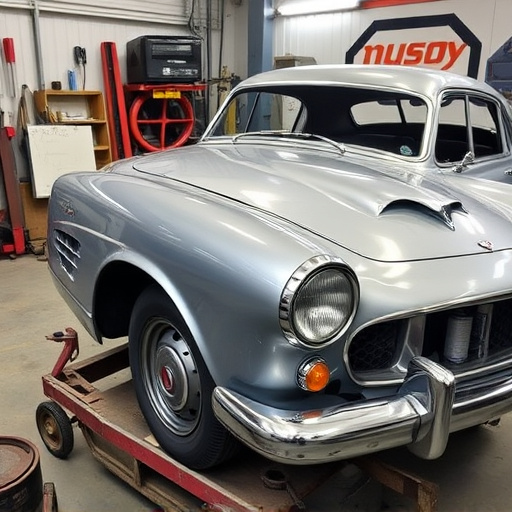
Evaluating damage is a crucial step in any auto body restoration project. The initial assessment involves meticulously examining the vehicle’s exterior for various types of damage, including dents, scratches, cracks, and broken parts like bumpers or fenders. Skilled technicians use specialized tools to gauge the severity of each issue, determining whether it requires simple patching and painting or complex structural repairs.
This phase is critical as it sets the foundation for the entire restoration process. Technicians take detailed notes, create repair estimates, and prioritize tasks based on urgency and impact on vehicle safety and aesthetics. By meticulously mapping out the work required, auto body services ensure that every aspect of the car bodywork is restored to its best possible condition.
Restoring Structure: Techniques and Materials
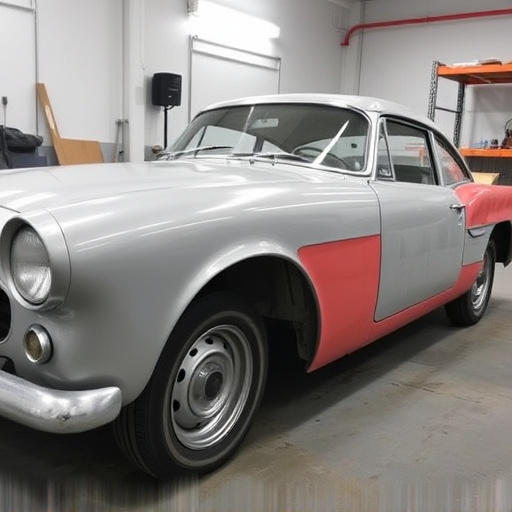
Auto body restoration involves meticulous techniques and materials to ensure the structural integrity and aesthetic appeal of a vehicle. The process begins with assessing the damage, which can range from minor dents and scratches to significant crumple zones and frame deformation after a car collision. Skilled technicians use a variety of tools like hydraulic presses, specialized hammers, and precision cutting equipment to return the vehicle to its original shape.
Modern auto body restoration often incorporates advanced materials such as high-strength steel, lightweight alloys, and composite fibers. These materials not only enhance the structural strength but also contribute to improved fuel efficiency and reduced weight, mirroring contemporary automotive manufacturing trends. Collision repair services employ these techniques and materials to accurately replicate the vehicle’s original design, ensuring it meets safety standards while delivering a seamless pre-accident appearance.
Final Touches: Transforming the Vehicle's Appearance
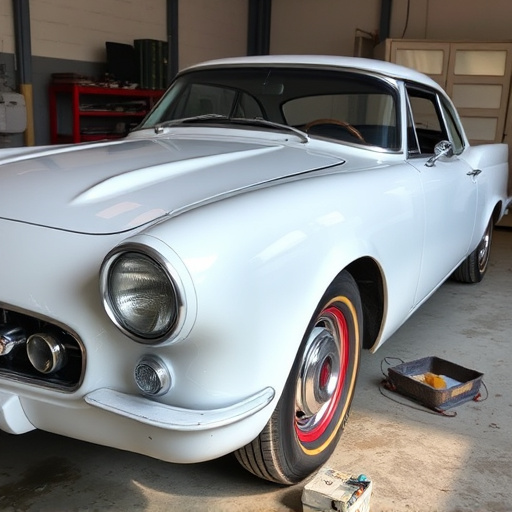
The final touches in any auto body restoration project are where the true magic happens—transforming a damaged vehicle into a sleek, like-new machine. This stage involves meticulous attention to detail, from correcting minor dents and scratches to applying high-quality car paint services that match the original manufacturer’s shade perfectly. Skilled technicians use specialized tools and techniques to ensure every curve and contour is flawless, breathing new life into the car’s exterior.
The process doesn’t stop at painting; it extends to meticulous trim restoration, crisp panel gaps, and ensuring every part of the vehicle’s body aligns perfectly. This level of craftsmanship is especially crucial for fleet repair services, where maintaining a consistent, professional appearance across vehicles is vital. Ultimately, these final touches elevate the car body shop’s work, delivering a transformed vehicle that not only drives better but also looks exceptional on the road.
Auto body restoration is an art that transforms damaged vehicles into pristine masterpieces. By meticulously evaluating damage, employing advanced techniques and materials for structure restoration, and adding final touches with precision, these projects deliver remarkable before-and-after results. Whether it’s a classic car or a modern model, auto body restoration professionals ensure vehicles not only look their best but also maintain their structural integrity, proving that even the most worn-down vehicles can be revived and revitalized.
